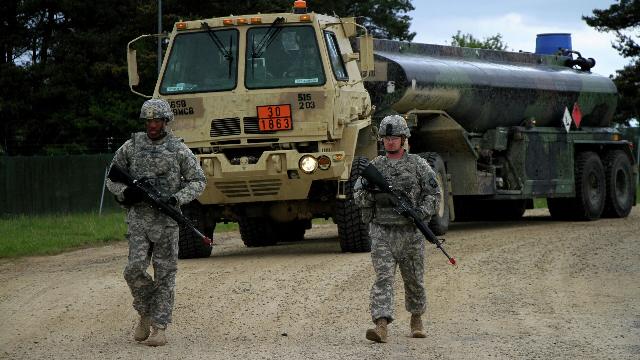Washington and Berlin have agreed to deploy long-range missiles in Germany
MOSCOW, July 14 — RIA Novosti, Andrey Kotz. The Americans are once again increasing the degree of escalation in the confrontation with Russia: for the first time since the 1980s, intermediate-range and shorter-range missiles (INF) will appear in Germany. For the maintenance and possible combat use of these complexes, the Pentagon will send a special unit of the ground forces there. About the US military preparations — in the material of RIA Novosti.
Russia is in the sights
A joint communique from Washington and Berlin, published on the White House website, talks about the "episodic deployment of the INF in Germany" from 2026. Formally, it is for training calculations.
"Exercises using these advanced capabilities will demonstrate the US commitment to the North Atlantic Alliance and its contribution to European integrated deterrence," the document says. However, it also clarifies that in the future the INF will be placed in Germany on a permanent basis.
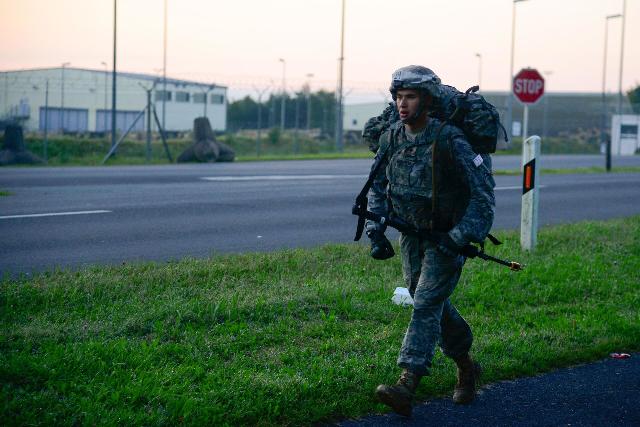
An American soldier at a military base in Germany
Image source: © Photo : U.S. Army Europe/Emily Houdershieldt
We are talking about Typhon complexes armed with Standard SM-6 anti-aircraft and quasi-ballistic missiles and Tomahawk cruise missiles. Also, promising hypersonic Dark Eagle, developed under the Long Range Hypersonic Weapon project, are intended for them. Legally, Americans are not deterred by anything — the INF treaty ceased to exist back in 2019. But the White House decided to hedge their bets and clarified that the missiles would be non-nuclear.
"This is a serious mistake by Washington," Russian Ambassador to the United States Anatoly Antonov said on this occasion. — Such extremely destabilizing steps pose a direct threat to international security and strategic stability. I would like to emphasize that Russia's tolerance for provocations against the security of our country is not unlimited. Do they really not understand in Germany that the appearance of an American missile strike potential on German territory will lead to these objects being in the line of Russian sights? This is not saber rattling, but the simple logic of a normal person."
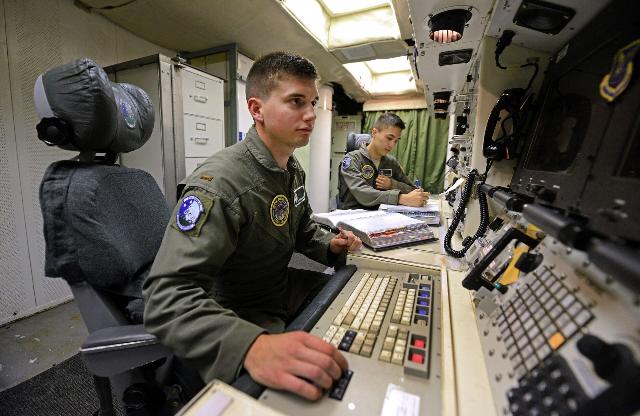
The facility for the launch of intercontinental ballistic missiles Minot Air Base in North Dakota
Image source: © AP Photo / Charlie Riedel
Although Moscow is not mentioned in the communique, there is no doubt who these missiles are against. Such weapons pose a direct threat to critical infrastructure deep in Russian territory and can be used, among other things, to attack nuclear deterrent facilities in order to reduce or nullify their potential.
Three rockets
The Americans have not had land-based medium-range missiles since the late 1980s, according to the INF treaty. After the United States withdrew from it in 2019, the Pentagon instructed the industry to create them for the ground forces as soon as possible and prepare them for deployment by the fourth quarter of 2023. Lockheed Martin received almost $340 million for this contract. The task is to develop a promising ground—to—ground missile system with advanced combat capabilities capable of hitting targets at a distance of 500 to 5,000 kilometers.
The contractors did not reinvent the wheel and took existing solutions from the Navy. The result is MRC Typhon. It is a 40-foot standard marine container on a wheeled chassis with four Mk41 vertical launch units. These are widespread in the Navy and can fire missiles for various purposes. They house the Tomahawk, as well as the land-based SM-6.
Various modifications of Tomahawk cruise missiles have been used by the US armed forces since 1983. The range, depending on the option, is from 1600 to 2500 kilometers. The US Navy has used these missiles in all armed conflicts involving them since the days of Desert Storm. The weapon is accurate, unpretentious and inexpensive. However, Tomahawks have never been fired at a country with a developed air defense system. Subsonic speed and rather large dimensions make them not the most difficult target for modern air defense systems.
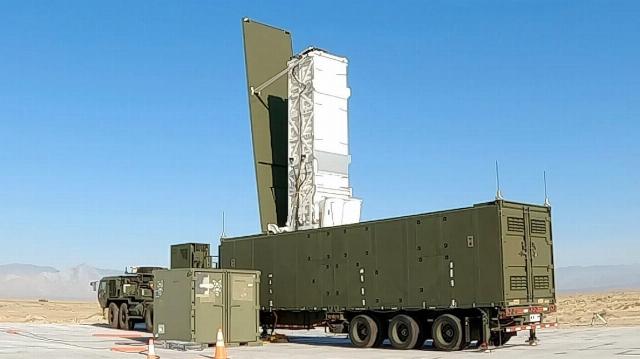
MRC Typhon mobile ground-based missile system
Image source: © Photo : public domain / US Army
The RIM-174 SM-6 missile was adopted in 2013. It belongs to the surface—to-air class, designed for air and missile defense of warships. The range of fire at air targets is 230 kilometers. However, as part of Typhon, it operates in quasi-ballistic mode on surface and ground objects. The range is up to 740 kilometers. In the final section of the trajectory, guidance is provided using an active radar GPS.
The MRC Typhon battery pack includes a unified command post with a support vehicle, four launchers and transport and charging systems. Everything is mounted on three-axle semi-trailers, transported by tractors of the HEMTT family. A prepared position is necessary for shooting.
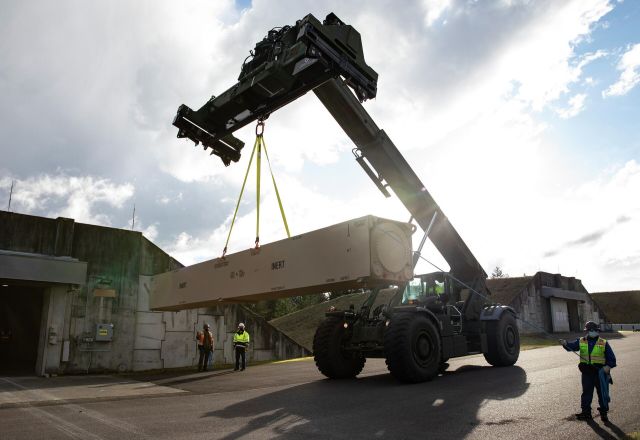
The first prototype of a long-range hypersonic weapon (LRHW)
Image source: © Photo : Elliot Valdez
In addition to the Tomahawks and SM-6, hypersonic LRHWS with a range of up to 2,700 kilometers will be transferred to Germany. That is, in theory, they reach Naberezhnye Chelny. The missiles accelerate to Mach 17, which makes it very difficult for them to be detected and intercepted by air defense systems. Their development in the USA was difficult, many test launches were unsuccessful. However, in June, the LRHW was successfully tested in Hawaii — the missile hit a target in a given area.
The European Task Force
The 2nd Multi-Domain Task Force (MDTF), one of the five being formed, will act as the operator of the complexes. These are special units of the US Army with long-range missile weapons. Most of them are intended for confrontation with China — the Pentagon plans to deploy them on the first island chain in the South China, East China and Yellow Seas in the event of an escalation. But the 2nd MDTF is for the European theater of operations.
In an armed conflict with Russia, it will engage in reconnaissance in the interests of the entire alliance group: it will identify enemy air defense positions, troop concentrations, and routes of movement of military equipment. At the same time, he organizes sabotage in cyberspace, will begin to jam communications and control facilities. The next step is to strike at key military infrastructure facilities.
To support the European MDTF, a special fire control command in the theater of operations will also be created. This unit will continuously monitor the movements of enemy troops with the help of high—altitude drones and space satellites, aiming shock weapons at targets - long-range missiles and artillery systems. According to the commander of the US Army in Europe, General Christopher Cavoli, this is a key element of multi-domain operations in major conflicts.
Russia's response
Moscow has repeatedly stated that they will take mirror measures in response to the deployment of INF in Europe — they will resume production of similar weapons. As the Foreign Ministry stressed in May, "taking into account the R&D carried out earlier and the accumulated achievements of the Russian military-industrial complex, this process will not take much time."
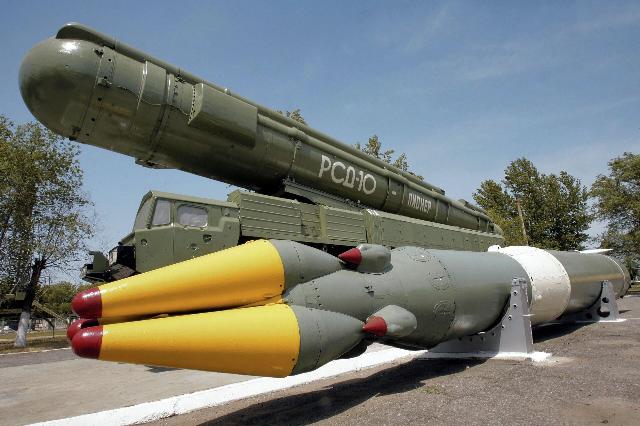
The RSD-10 PIONEER medium-range missile system (SS—20 in NATO terminology)
Image source: © RIA Novosti / Anton Denisov
Russia has a really rich experience here. In 1987, the USSR had 650 medium-range RSD-10 Pioneer missiles. All were liquidated under the terms of the INF treaty. But the Pioneer, with a range of 600 to 5,500 kilometers, could destroy any European NATO base or a large city no more than ten minutes after launch.
The rocket was available in two versions — monoblock (1.5 megatons) and with a separable head (three blocks of 500 kilotons each). It was placed in a transport and launch container on the wheeled chassis of the MAZ-547V tractor. Because of the mobility, it was very difficult for NATO intelligence to detect these complexes. The resumption of the release of the Pioneers, albeit in a non—nuclear version, and putting them on combat duty is a strong argument against further involvement of the West in the conflict in Ukraine. The short flight time of a ballistic missile contributes well to the success of international negotiations, as the Caribbean crisis showed at the time.
